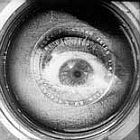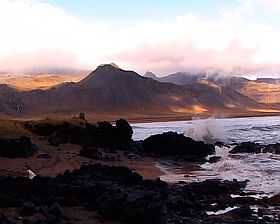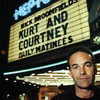


Film Programme at Baltic Sea Forum

It is a high quality film programme that the organisers of the coming Baltic Sea Forum offers its local Riga audience and the visiting filmmakers and tv editors.
Under the title ”Revolution starts at Home” (and from September 2-6) you are not surprised to find ”Recipes for Disaster” by Finnish John Webster, who will visit Riga to discuss his effort to introduce an oil celibacy in his family’s daily life. Other award winning films, highly praised on this site are ”Z 32” by Avi Mograbi, ”The English Surgeon” by Geoffrey Smith, ”Cash and Marry” by Atanas Georgiev and ”Burma VJ” (photo) by Anders Østergaard, who will also be in Latvia’s capital to meet his audience. ”The Yes Men are fixing the World” by Mike Bonnano and Andy Bichlbaum is on the programme and there is a visit from neighbouring Estonia by Jaak Kilmi and Kiur Armaa, who present their new original work ”Disco and Atomic War”. A quote from the description of the film: Finnish TV was the window to a dreamland for Estonia that the Communist party leaders never managed to close. Even though Western frequencies were blocked, many homes found a way to access the forbidden fruit. This a singular view of recent history where spy-film elements co-mingle with human tragic-comedy.






